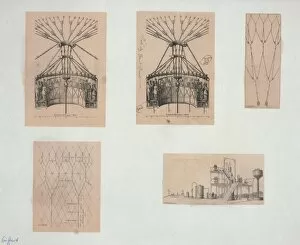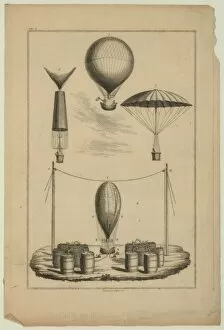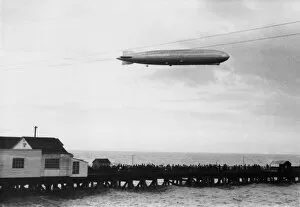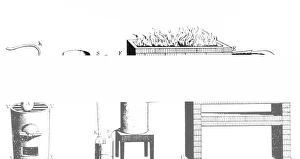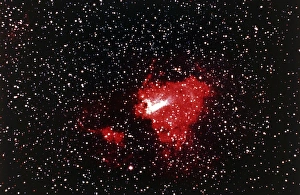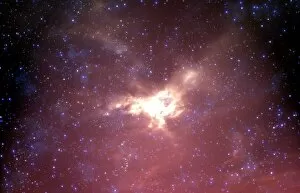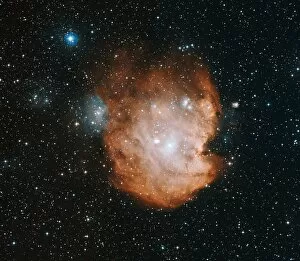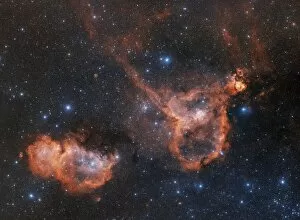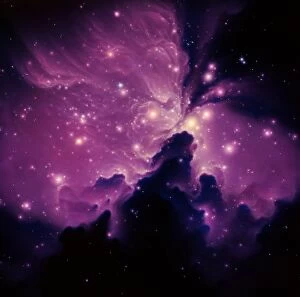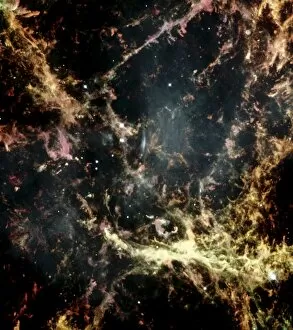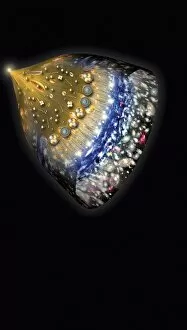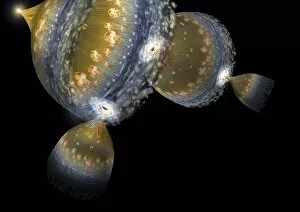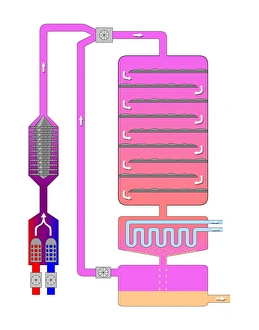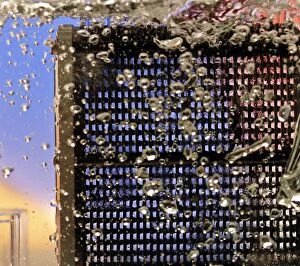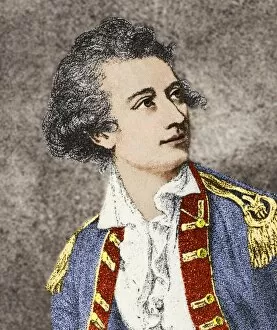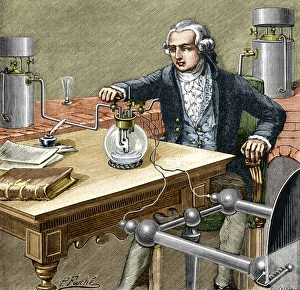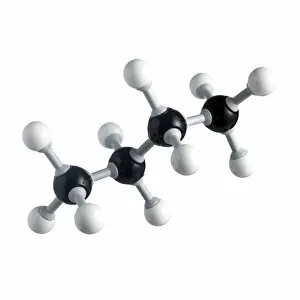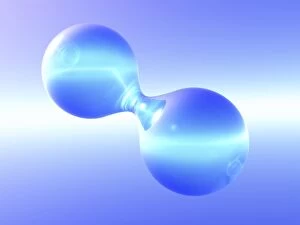Hydrogen Collection (page 7)
"Unveiling the Cosmic Powerhouse: Hydrogen's Mysteries Unraveled" In the vast expanse of space, amidst celestial wonders like the Orion Nebula (M42) and the Crab Nebula
All Professionally Made to Order for Quick Shipping
"Unveiling the Cosmic Powerhouse: Hydrogen's Mysteries Unraveled" In the vast expanse of space, amidst celestial wonders like the Orion Nebula (M42) and the Crab Nebula, hydrogen takes center stage as a captivating element. Its significance is revealed in a composite image showcasing its role in shaping these stellar marvels. As we explore further, we encounter the breathtaking Eagle Nebula, where hydrogen fuels star formation with its immense energy. A diagram illustrating spectral class and luminosity of stars showcases how hydrogen plays a pivotal role in determining their characteristics. From H-He-Hg emission spectra C017/7260 to Soviet poster art from 1958 by Albert Aslyan boldly proclaiming "No. " to nuclear weapons' destructive power, hydrogen's influence extends beyond cosmic realms. Returning our gaze to Orion Nebula (M42 and M43), we witness hydrogen's brilliance illuminating this interstellar cloud with vibrant hues. However, not all encounters with this versatile element are peaceful; it reminds us of humanity's past actions through images of nuclear tests like the 1957 fallout or American atomic bomb tests at Bikini Atoll in 1946. It also finds its place on Earth – from Sulphur Well at Llanwrtyd Wells in Wales to an oil refinery's residfiner – highlighting its importance for various industrial processes. It symbolizes both progress and caution as we harness its potential while being mindful of environmental consequences. As we delve deeper into understanding this elemental powerhouse, one thing becomes clear: Hydrogen holds secrets that continue to captivate scientists and stargazers alike. Whether it be unraveling mysteries within nebulae or unlocking innovative solutions for sustainable energy sources on Earth, hydrogen remains an enigmatic force that sparks curiosity and awe across galaxies far and near.





